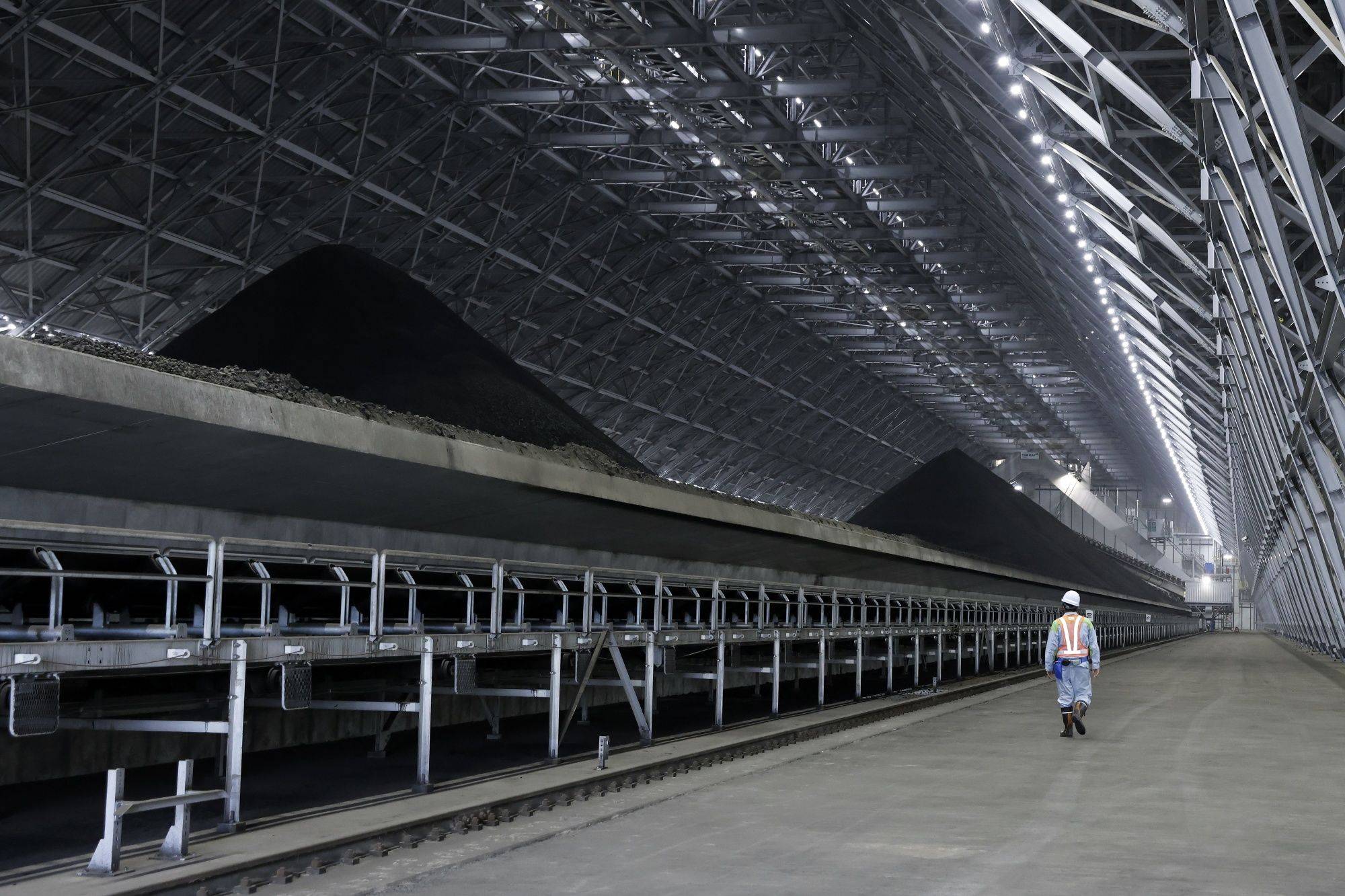Japan's biggest power generator Jera is set to start a new 1.07 gigawatt coal-fired power plant in Taketoyo in Aichi Prefecture early next month, which could help to alleviate electricity crunches in the summer and winter.
It is a rare example of a new coal power plant being built in a developed country, as many industrialized nations have been shutting down coal plants for years to reduce carbon dioxide emissions.
Even in Japan, the world's fifth-biggest carbon dioxide emitter, the plan to construct the No. 5 unit at Taketoyo thermal power station to replace three old oil-fired units was unpopular when the utility sought government approval.


















With your current subscription plan you can comment on stories. However, before writing your first comment, please create a display name in the Profile section of your subscriber account page.